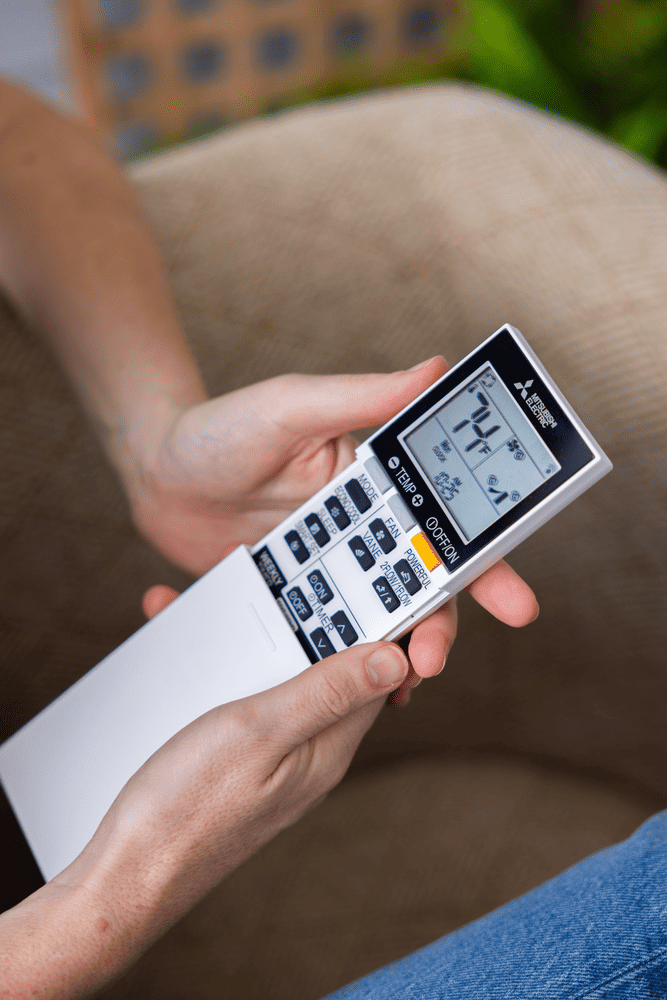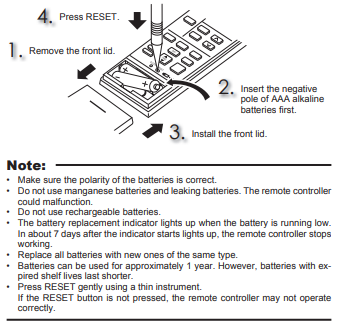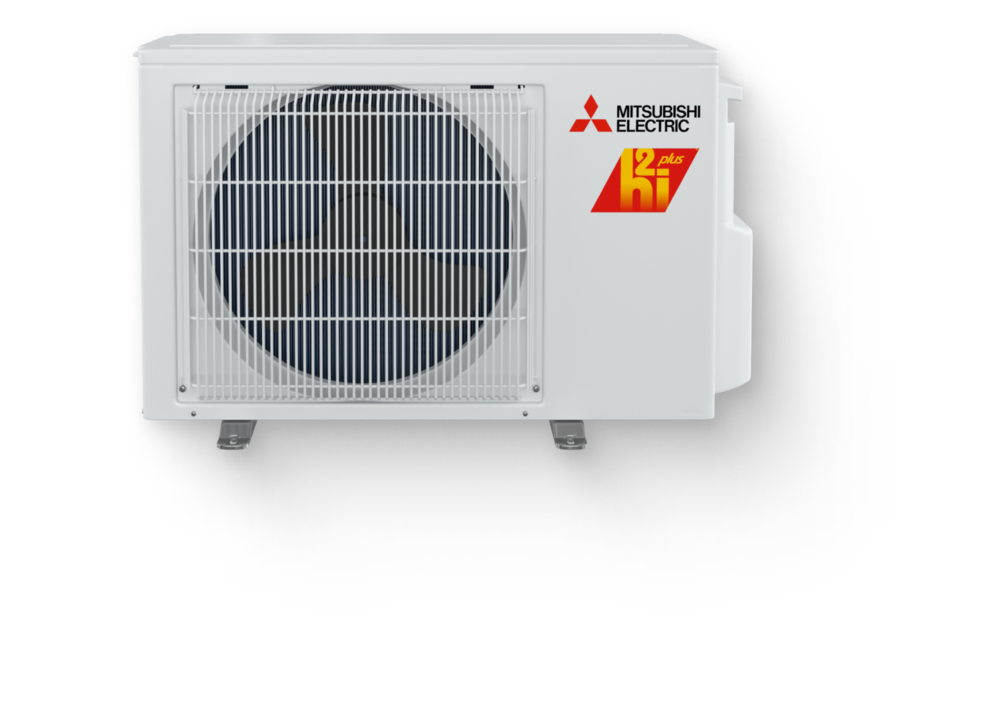Remote Control Troubleshooting Tips Before You Dial
Feeling frustrated because your mini split, the cornerstone of your home's comfort, has gone rogue and refuses to listen to its remote control? Don't reach for your phone to call a professional just yet. Before you face a potential service call fee, try these simple troubleshooting tips to restore harmony between your remote and your mini split system. These steps address common issues that can disrupt your cool (or warm) peace, allowing you to quickly get back to enjoying your ideal temperature without unnecessary expense or delay. You can download the full Remote Control User Guide 👉 Here.

Mitsubishi Mini-Split System: Remote control Tips
When troubleshooting your remote control, starting with the basics can often lead you to a quick solution. One of the first and most crucial steps is to check the batteries.
When your remote control stops cooperating, it's crucial to methodically troubleshoot the issue. First, consider the line of sight between the remote and the receiver. Remember, most remotes use infrared signals, which require an unobstructed path to function correctly. So, remove any objects blocking the remote's lens or the receiver on the indoor unit. This simple step can often bring a seemingly unresponsive remote back to life.
Next, check the distance between you and the mini split unit. Most remote controls have a limited effective range, typically within 10-20 feet of the device they control. If you're too far away, the remote might not be sending a strong enough signal. Simply moving closer to the unit could solve the problem without further hassle. Additionally, if specific buttons on the remote aren't working, it could indicate damage to the remote itself. In such cases, using a universal remote as a temporary solution might be a practical option until you find a more permanent fix.

If the remote still doesn't respond after you've checked for obstructions and ensured you're within range, the next step is to inspect the batteries. Dead or weak batteries are one of the most common reasons for remote control failure. Replace the batteries with new ones, ensuring they are correctly installed with the right polarity. Sometimes, even batteries that appear to have charge left can be too weak to send a strong signal to your mini split unit. Additionally, corrosion on the battery contacts can interfere with power supply; cleaning these contacts with a small amount of rubbing alcohol and a cotton swab can restore functionality.
Should the remote continue to malfunction after addressing potential obstructions, distance issues, and battery problems, it may be time to reset the remote or the mini split unit itself. Consult the user manual for instructions on how to perform a reset, as procedures can vary significantly between models. A reset can often clear any temporary glitches or errors in the system. If the problem persists, it could indicate a more severe issue with the remote or the indoor unit's receiver, necessitating professional repair or replacement. Remember, regular maintenance and troubleshooting can prevent small issues from becoming bigger problems.
INTERESTED IN RELIABLE SERVICE
SCHEDULE SERVICE CALL TODAY!
Mitsubishi award-winning Diamond Contractor
Serving New York and New Jersey

Troubleshooting the Indoor Unit
If the issue lies with the indoor unit not responding as expected, there are a few checks you can perform. Start by examining the unit's display panel for any error codes. These codes, usually explained in detail in the user manual, can provide valuable insights into the problem and guide you towards a solution. Another common problem is clogged air filters. Restricted airflow due to dirty filters can significantly impact the unit's efficiency. Regularly cleaning or replacing these filters can help prevent such issues. Lastly, make sure the unit is properly plugged in and receiving power. A quick inspection of the electrical connections and circuit breaker can reveal if the power supply is the root cause of the problem, allowing for a straightforward resolution.
In addition to the checks mentioned above, it's also wise to assess the unit's external components, such as the condenser and the connecting cables. Outdoor units are exposed to the elements and can accumulate debris, leaves, or even snow, depending on your location, which can impair functionality. Ensure that the area around the condenser is clear of any obstructions and that the fan is free to rotate. For the cables, check for any signs of wear, damage, or loose connections that might affect the system's operation. Addressing these external factors can improve the performance and longevity of your mini split system.
Environmental factors inside your home can also play a significant role in how well your mini split unit operates. High humidity levels, dust accumulation, or extreme temperatures can all impact the system's efficiency. Utilizing dehumidifiers, ensuring proper ventilation, and regular dusting can mitigate these issues. Additionally, consider the placement of your indoor unit. Placing it too close to heat sources, electronics, or in direct sunlight can affect its temperature sensing capabilities, leading to suboptimal performance. Strategic placement and maintaining a clean indoor environment can enhance your mini split's effectiveness.
Lastly, if you've conducted all the aforementioned checks and the unit still fails to operate correctly, it may indicate a more complex issue, such as a refrigerant leak, faulty compressor, or electronic control failure. These problems require professional diagnosis and repair. Engaging a certified HVAC technician to inspect your mini split system can ensure accurate identification and resolution of the issue. Professional maintenance can also uncover potential problems before they escalate, saving you time and money in the long run. Remember, prevention is key to maintaining the efficiency and reliability of your mini split unit.
Remember: These are just tips for minor problems. If your mini split is still acting up after trying these steps, it's time to call in the professionals. They have the expertise and tools to tackle bigger issues and make your mini split happy again! Bonus Tip: Taking good care of your mini split by cleaning it regularly and changing the filters goes a long way in keeping it running smoothly and efficiently. Now go forth and conquer that remote control!
Have a question about ductless mini splits? We're here to help! Fill out the form below with your question and email address, and one of our knowledgeable team members will get back to you promptly with expert tips and advice.

